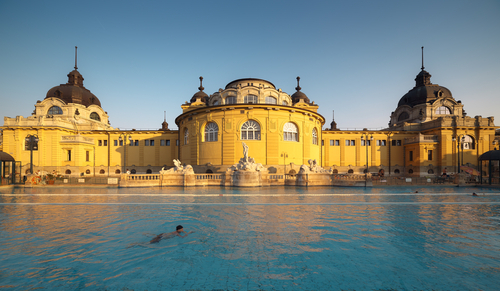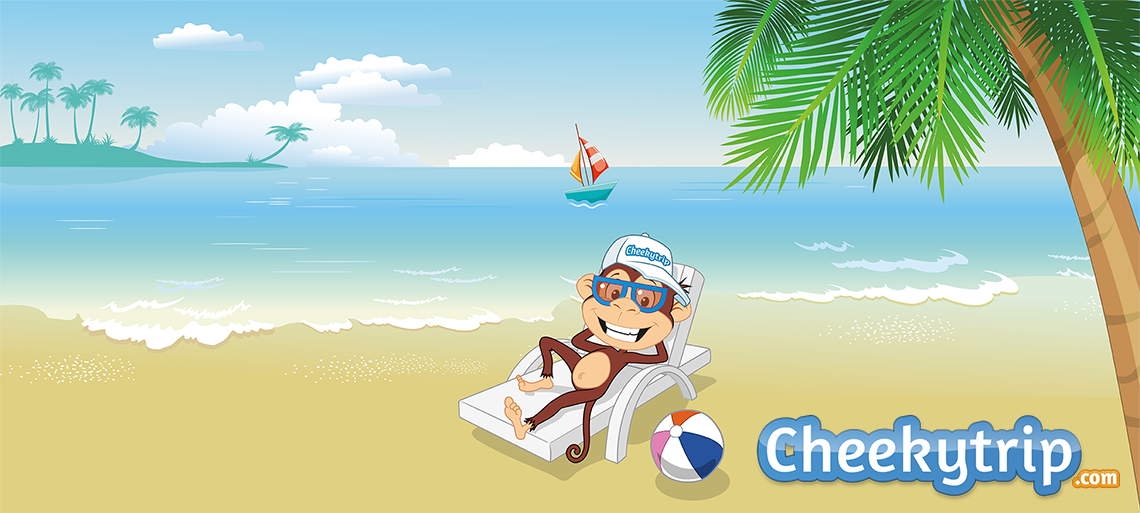Advertisements
3 Eastern Europe City Breaks under £100
Chris Butler October 13th, 2017 1,960 views
Eastern Europe city breaks can be rich in history, nightlife and everything in between. Our selected cities of Krakow, Prague and Budapest should have something to suit all tastes. To find out more about what they have to offer, read on...
Krakow
Legend has it that at the foundations of Krakow, a fire breathing dragon lived in a cave at the bottom of Wawel Hill where it feasted on the inhabitants of the city. The king at the time, King Krakus, offered whoever could slay the beast his daughter's hand and therefore half of his kingdom. Eventually, the dragon was killed after being tricked into eating a poisoned sheep. The castle where Krakus lived at the top of the hill, the Wawel Royal Castle, is still standing, in all its grandiosity, overlooking the famous old town, and is an attraction not to be missed when visiting the city. The castle's combination of Renaissance, Medieval and Baroque architecture brilliantly encapsulates all the different eras of the city's past in one fine structure.
The rest of the city retains its mythological beauty too. The old town in particular, where its grand medieval architecture imposes itself as the backdrop to the contemporary presence of its quirky bars, cafes and restaurants. With high-end shopping outlets, museums, art galleries and the famous market square, home to its iconic Cloth Hall, the cityhas retained a perfect balance between its history and the present. Check our offers on deals to Krakow here.
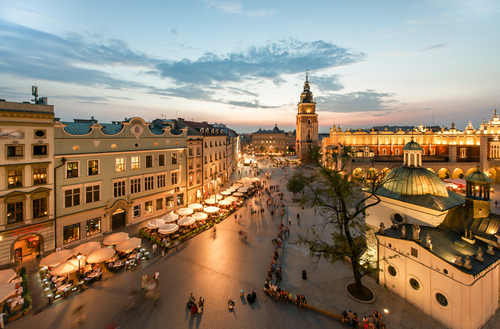
Prague
Prague has a similar feel to Krakow in terms of its bustling atmosphere and its architecture. Along with its renowned nightlife, the city has much to offer. Prague’s own old town square, like Krakow’s, plays a key role in understanding the city’s history, and it unsurprisingly features heavily in many tourists’ itineraries. The square is dense in bars and cafes, where you can watch passers-by in the presence of the monumentally impressive Gothic cathedral named the Tyn. The church has been the prominent fixture of the square since the 14th century and is a fine example of just how spectacular the Gothic period was in its producing of buildings. The Jewish quarter offers a rich history of the city's culture, with the Franz Kafka (Prague native) museum essential for anyone interested in one of the key 20th-century literary figures of Europe.
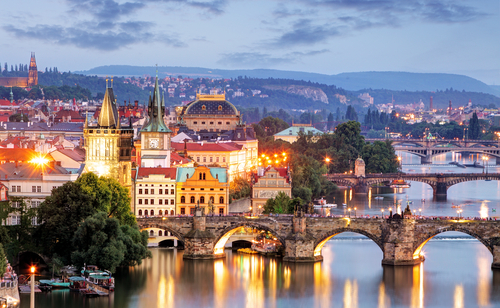
The various bridges across the Vltava River, which were built to connect the Prague Castle to the old town, give you the opportunity to admire the city's surroundings from a more withdrawn perspective. The Charles Bridge is the greatest and is always full of art stalls and street performers. For any admirers of scenic city landscapes, if you cross the bridge from the old town towards the castle, at the top of the hill, a giant metronome stands in place of what was once the site of a huge monument of Joseph Stalin. As Stalin's reputation began to crumble, so did the monument, and it was taken down in the early 60s. However, from this historic site, located on the edge of Letna Park, the views overlooking the city and down across the river are simply spectacular, picturesquely capturing its bridges and mountainous backdrop. From within the park, if you head East you will eventually come to the Prague Castle. The 9th-century castle that towers over the city is the most popular attraction in Prague, and its beautiful grounds and stunning architecture help to cement Prague as a top player in the quest for a city break in Europe. But don't let us tell you how great the city is - see for yourself with our offers under £100 here.
Budapest
With a more subdued atmosphere than the likes of Prague and some other major cities in Europe, Budapest is still somewhat of a hidden gem when it comes to tourism, and the word 'gem' is not to be understated. The city is often called the 'Paris of the East' for good reason, offering a marvellous array of architecture, culture, bars and eateries. The city was once divided into two, Buda and Pest, before the Chain Bridge built across the river Danube connected the cities together. However, the cultural differences that distinguish the sides can still be felt, creating a unique feel of having two completely different places merged together. The Buda side is the traditional side where the Castle can be found, whereas Pest has a more modern feel, with fewer hills and better transport systems.
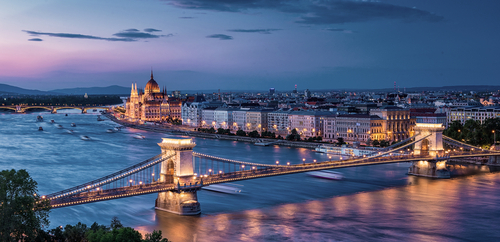
The Budapest parliament building on the riverfront and the Fisherman’s Bastion, made up of seven towers representing the tribes that founded the nation 1000 years prior to its construction, are two of the greatest buildings in the city, and may be hard to beat in terms of beauty. The Bastion is a Disney-esque, white stoned building with a walkway terrace going around the edge of its towers, where some of the finest panoramic views of the city will be found. Another thing the city is renowned for is its thermal baths. The locals have been using the baths since Roman times and although none of the original Roman baths still stand, the tradition has been continued. The Széchenyi Baths, located in the City Park, is the largest and the most impressive of them all, where locals can be found playing chess in warm healing waters.
